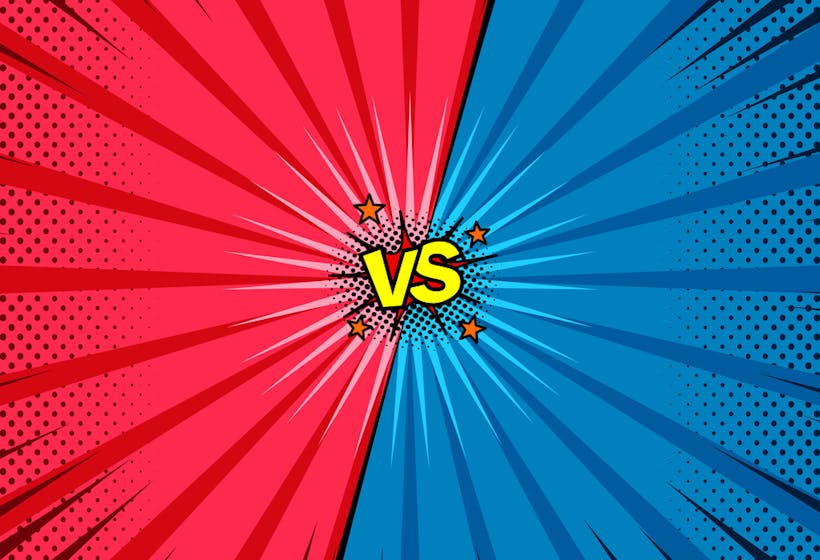
What type of HR software is the best fit for your organisation’s culture?
When searching for performance management software, it’s important to note that not all software systems work in the same way. Each one will have a different focus and will facilitate your work life in different ways. Before you invest in a performance management software system, consider what’s important to your business, how you interact with your employees and how you aim to manage your employees going forward.
Given that most companies are evolving and moving away from the annual appraisal, it is reasonable to assume that there will be an increased demand for continuous performance management software. In this blog, we’ll cover the differences between appraisal software and continuous performance management software. We’ll also explore how companies are shifting away from bureaucracy and towards a more forward-thinking, fluid performance management style.
Measuring performance vs improving performance
There is a huge change in approach when you compare annual appraisals and continuous performance management. Software designed to facilitate annual appraisals has a focus on measuring performance and competencies. The software will diligently track quantitative data and provide accurate graphs as a result, but the data won’t necessarily help management and HR understand performance problems and employee engagement issues.
Continuous performance management software, however, tracks performance and uses competencies and values in order to improve and develop performance. This helps the company grow and achieve its goals in the long term.
Quantitative vs qualitative
As mentioned above, annual appraisals focus on form filling and capturing data. This is because managers haven’t had regular meetings with their employees throughout the year, so they need to take a yearly opportunity to catch up and get as familiar with their performance and progression as possible.
The problem is, when data is captured so infrequently, it isn’t going to be truly reflective or helpful. Employees won’t feel supported or encouraged, and the tendency is to reduce an employee to a number, which is detrimental to morale.
Continuous performance management software, on the other hand, is focused on enabling meaningful conversations. This software allows for real-time feedback, frequent check-ins and regular reassessment of objectives. Rather than relying on quantitative data, this software encourages employees and managers to develop a trusting relationship, which is necessary for employee engagement to flourish.
Annual performance reviews vs regular performance and development ‘check-ins’
Appraisal software is designed to support the annual performance review. This means that it doesn’t have to schedule frequent meetings, and the software will simply prompt you with reminders to schedule yearly meetings and organise forms to be filled out.
Continuous performance management software, on the other hand, is designed with regular communication in mind. The software will help employees schedule and track meetings. It allows notes to be made, which can be accessed by any relevant party at any time. It also allows HR to track how often one to one meetings are being held, to ensure all employees are getting the feedback they deserve.
Box-ticking feedback vs ongoing, real-time feedback
Feedback — both in terms of frequency and quality — is also an issue when it comes to appraisal software and continuous performance management software. Annual performance reviews tend to centre around 360-degree feedback and box-ticking exercises, which have been shown not to work.
Continuous performance management software, on the other hand, deals with ongoing, real-time frequent feedback. Manager and employee are able to develop a relationship, enjoy authentic communication and discuss performance-related matters on a regular basis. On top of this, the software is designed to permit for real-time feedback, which can have a huge impact on employee engagement levels.
Yearly objective setting vs agile near-term objectives
This is one of the most important performance management considerations, because clear SMART objectives will keep your employees on track and enthusiastic about their roles. Unclear or overly ambitious objectives, on the other hand, will demotivate employees and leave them uninspired to excel.
Appraisal software is centred on the setting, and measurement, of long-term annual objectives. These objectives tend to become irrelevant over the span of 12 months. Dynamic companies generally find that agile, near-term objectives that are updated and discussed regularly are more helpful in terms of advancing the company.
Continuous performance management software tracks SMART objectives and allows managers, employees and HR to view objectives and assess progress. This constant re-evaluation of objectives keeps employees in-the-loop and engaged with regards to their goals and role while giving them an understanding of how they contribute to overall company objectives.
You have a lot of choice when it comes to performance review software. To find out what we can offer you and why you should choose Clear Review, get in touch with our team today for a free demo or a 15-minute performance management consultation.
